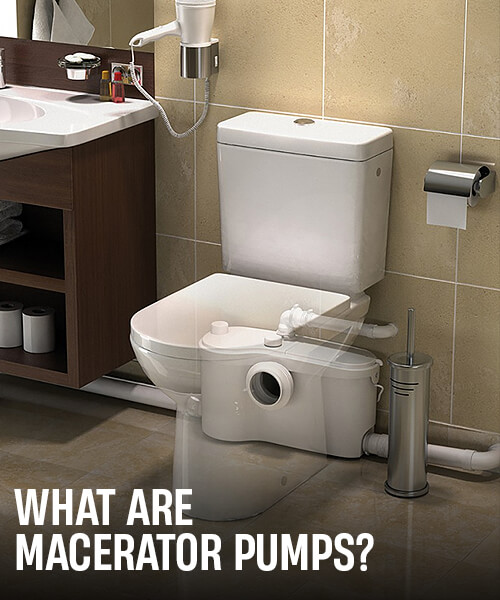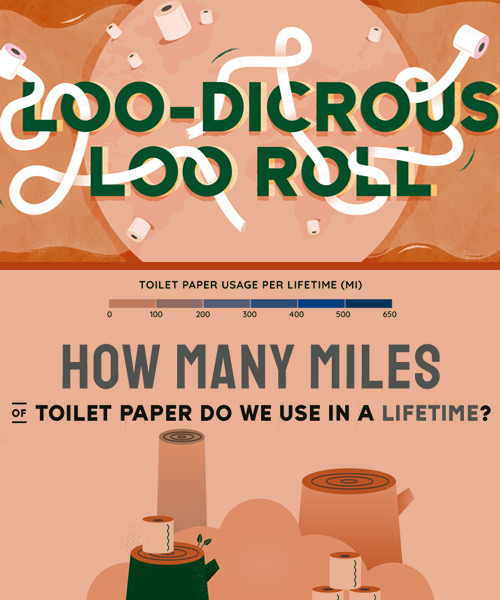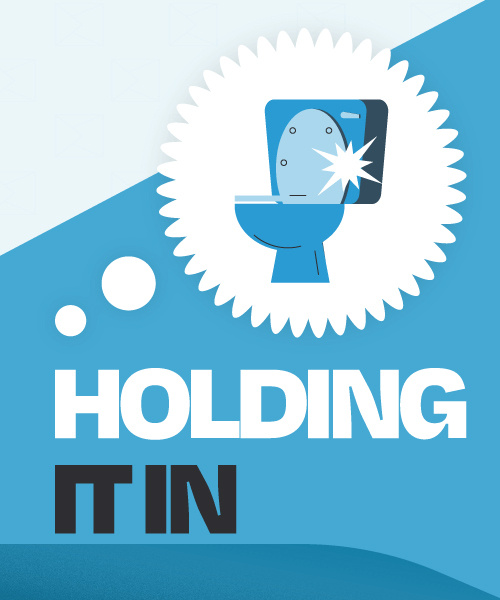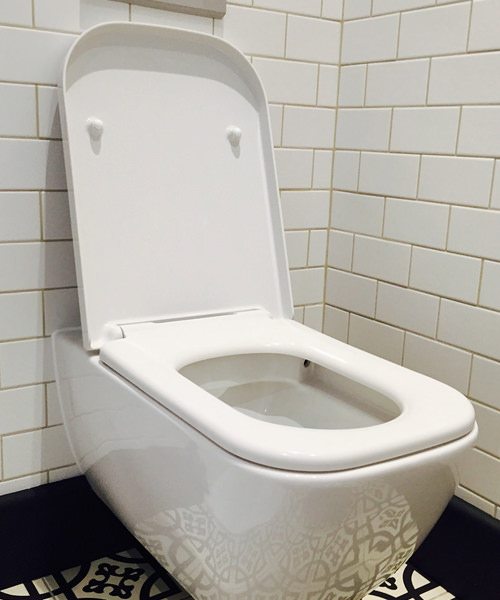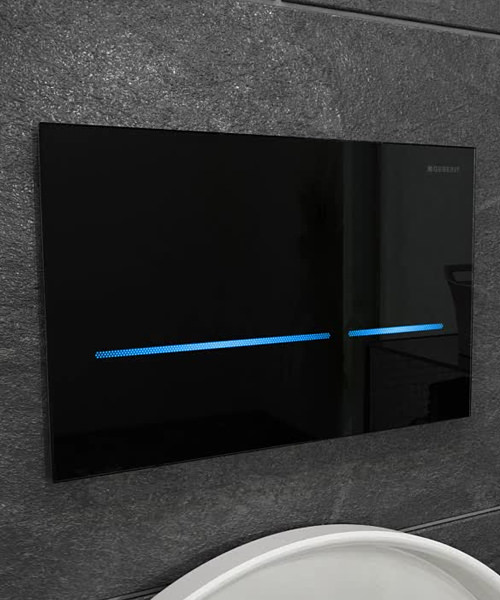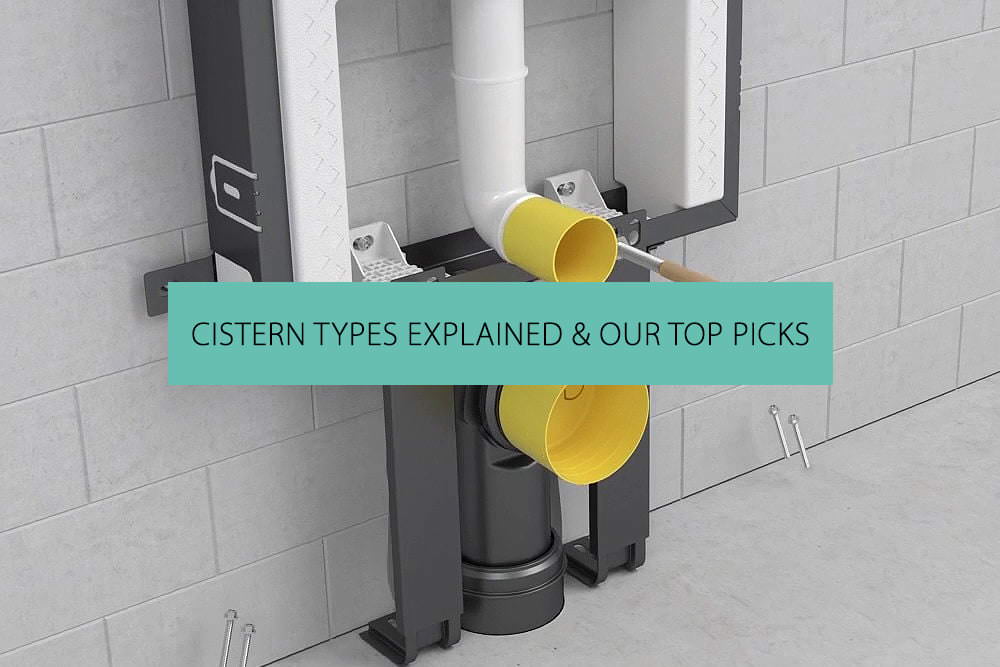
A cistern is a receptacle built to store water. Cisterns come in a range of sizes, from small to the largest, with a capacity to store thousands of cubic litres of water. As a cistern is required to hold water, it must be made from sturdy and waterproof materials. These come in galvanised mild steel, polypropylene or glass-reinforced plastics. Insulation is also necessary, and strong supports to carry the massive load are unavoidable. To avoid contamination of the stored liquids, these come with a cover.
In a toilet, the upper part is the cistern, a small tank used to store water for flushing. In toilets, cisterns also hold the right amount of water to enable flushing of the toilet bowl. In the past or Victorian toilets, the cistern was placed high above and attached to the toilet bowl by a long pipe. It worked using a hanging chain to activate the cistern for flushing the toilet.
Modern toilets come in different types, and one of these is the close coupled, where the cistern is mounted directly on the toilet bowl without any pipes in-between. In this kind of toilet, the flush is in the form of a lever or push button and is normally attached to the cistern. Cistern also comes in a concealed format, with the cistern being built into the wall behind the toilet. Cisterns that are used simultaneously with many WCs are called flushing troughs. A flushing trough is a cistern used to serve more than one WC pan in commercial applications.
Cisterns are of many types:
Bell type: Such cisterns were used traditionally but are almost out of use in modern times. Made from cast iron, these are sometimes seen in older structures such as factories and schools. To flush, you need to pull the chain attached to a bell which then activates the flush. These bell-type cisterns also make a lot of sounds when flushing.
Disc Type Cistern: These cisterns may be made of ceramic and used in many different structures. The cistern flush activates using a lever to displace water using siphonic action. When the lever is pushed down and released, the symphonic action gives a flush. These may be a single lever or dual lever.
Automatic Flashing Cistern: Automatic cisterns activate using sensors and are mostly used in commercial settings. Especially useful in schools where users may not be able to reach the lever for flushing.
Rainwater Cistern: Roof catchment rainwater cisterns are becoming increasingly popular with homeowners as water consciousness and sustainability continue to trend. Not only can these cisterns greatly reduce the cost of piped water, but they also help the environment by reducing mass reliance on piped water from dams, rivers, and water treatment centres. They can be connected to any part of the house and bathroom with their inlet taps. They can be particularly useful for toilets, sinks, showers, and anything that uses a lot of water. At least, until it runs out, that is, and the next rain refills it. Their sizes can range from 20-litre barrels to 10,000-litre water tanks.
Concealed Cisterns
When the cistern is hidden away from view, and only the flush plate is visible, it is called concealed. It can be hidden behind a wall or ceiling or integrated with a furniture unit. Concealed cisterns are fast gaining popularity. These are the cistern of choice from the aesthetic point of view as it gives the interior a refined look. Besides, flush plates come in a range of designs to match your decor needs. Concealed cisterns also are a smart choice in smaller bathrooms and give the illusion of space while giving you lots of free space on the floor.
The concealed cistern setup provides several benefits other than adding more space and looking good. It allows for several customisable extra features to be added, such as hand showers and side basins, as well as an automatic flush sensor.
To ensure minimal maintenance, or in the event of leeks and blockages, it is worth installing the highest quality parts available for concealed toilets, such as the washers, seals, and valves.
Grohe WC Concealed Cistern

This elegant dual flush system works effectively to flush away toilet bowl waste. The Concealed Cistern from Grohe is a must-buy product and has quickly garnered excellent ratings. It has a flawless White finish, and installation is super easy as the cistern can be connected from the left, right or at the back. The highlight of this product is that its filling valve is extremely low on noise. Attractively priced at QS Supplies, it works well with a pressure of 0.2 bar.
Nuie Universal Access Dual Flush Concealed WC Cistern

When you are looking to update your bathroom decor, look no further than the dual flush cistern from Nuie. Unlike other models, this creation comes with a concealed cable for an immaculate look and offers universal access for maintenance. It comes with a dual flush that gives it operational efficiency and great looks because of its durable chrome finish. Compatible for use with back-to-wall WC furniture units, it will offer long-lasting use.
Armitage Shanks Concealed 2 Low-Level Lever Type Concealed Cistern
Yet another quality offering from Armitage Shanks is the Concealed Cistern, which offers great value. It is a dual-lever cistern made of high-grade plastic and supplied with internal overflow and plastic flush bend for great operability. It is extremely functional and compatible for use with wall-hung and back-to-wall WCs. Buy this great product right here at a great discounted price.


